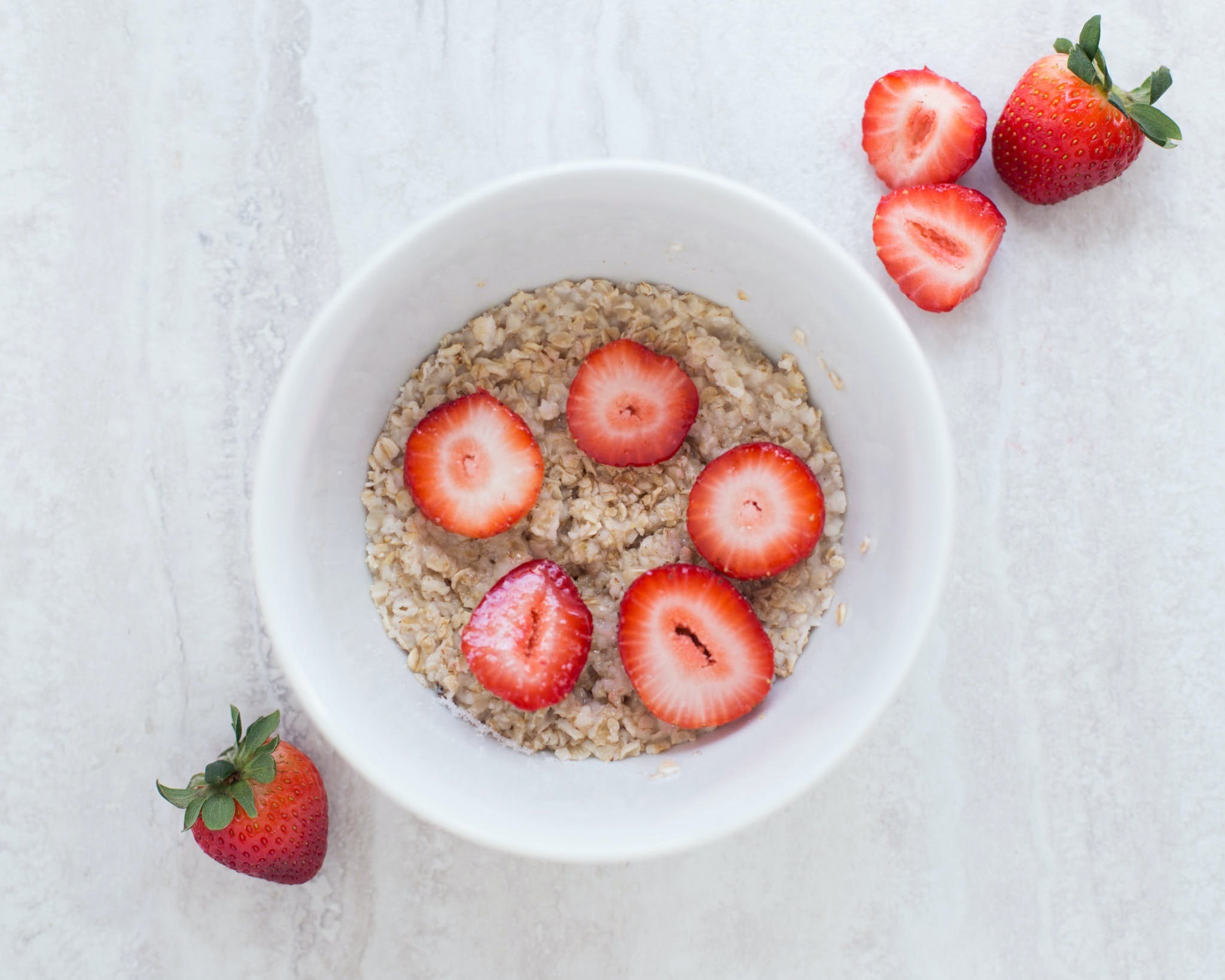Oats, often touted as a wholesome breakfast choice, have recently come under scrutiny for their potential impact on nutrient absorption. While celebrated for their fiber-rich composition and heart-healthy properties, some suggest that oats may hinder the absorption of certain essential vitamins and minerals. In this exploration, we delve into the science behind this controversy to unravel whether oats are indeed a “vitamin thief.”
Understanding Nutrient Interaction
To comprehend the notion of oats as a “vitamin thief,” it’s crucial to grasp how certain compounds within oats may interact with nutrients in our body. Phytic acid, a naturally occurring compound found in oats and other grains, has garnered attention for its ability to bind to minerals such as iron, zinc, and calcium, potentially impeding their absorption in the digestive tract.
The Phytic Acid Conundrum
Phytic acid serves as the primary storage form of phosphorus in plants, including oats. While this compound offers some health benefits, its propensity to form complexes with minerals has raised concerns among health enthusiasts and nutrition experts alike. The phytic acid content in oats, particularly when consumed in large quantities or in its raw form, may inhibit the absorption of vital nutrients, leading to suboptimal nutrient status over time.
Mitigating Nutrient Loss
While the presence of phytic acid in oats may pose challenges for nutrient absorption, there are strategies to mitigate its effects. One approach involves soaking oats overnight before consumption, a practice that helps degrade phytic acid and enhance the availability of nutrients. Additionally, pairing oats with vitamin C-rich foods can counteract the inhibitory effects of phytic acid on iron absorption, promoting better nutrient utilization.
The Role of Fortification
In response to concerns about nutrient loss, many oat-based products are fortified with vitamins and minerals to offset potential deficiencies. Fortification involves adding specific nutrients to food products during processing, ensuring consumers receive essential vitamins and minerals even in the presence of compounds like phytic acid. By fortifying oat-based foods, manufacturers aim to enhance their nutritional profile and address potential nutrient interactions.
Navigating Dietary Choices
While the debate surrounding oats and nutrient absorption continues, it’s essential to approach dietary choices with balance and moderation. Oats remain a valuable source of fiber, protein, and complex carbohydrates, offering numerous health benefits when consumed as part of a balanced diet. By incorporating a diverse range of nutrient-rich foods into your meals and varying your sources of grains, you can optimize nutrient absorption and support overall health and well-being.
In the realm of nutrition, the relationship between oats and nutrient absorption is multifaceted. While concerns about phytic acid’s impact on nutrient availability are valid, they must be weighed against the numerous health benefits oats offer. By understanding the complexities of nutrient interaction and adopting mindful dietary practices, individuals can harness the nutritional power of oats while mitigating potential nutrient loss, ensuring optimal health and vitality.

